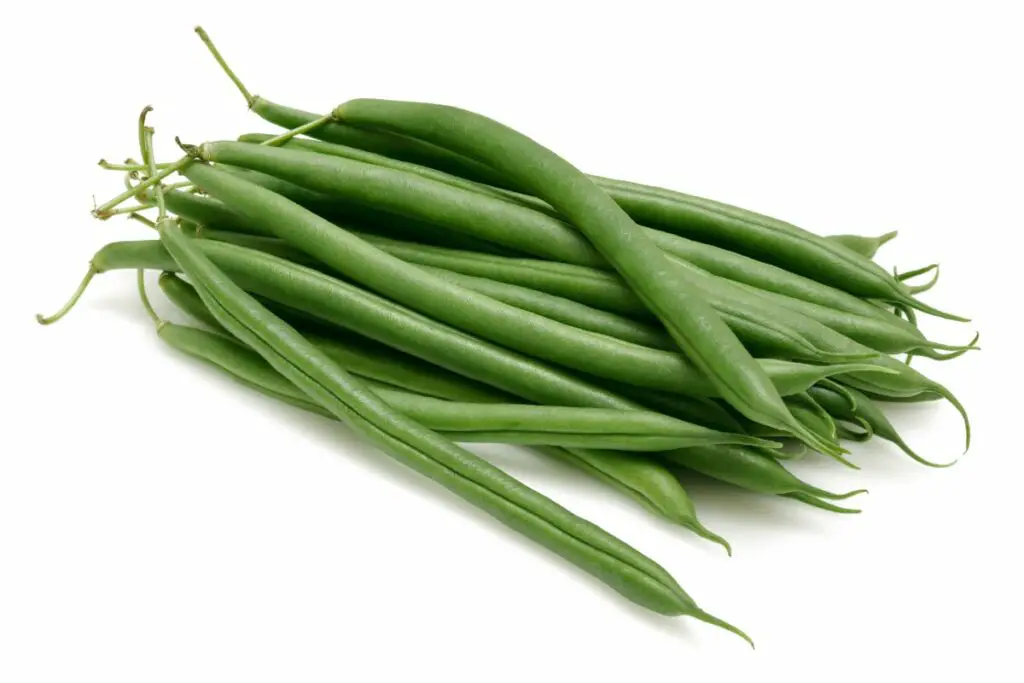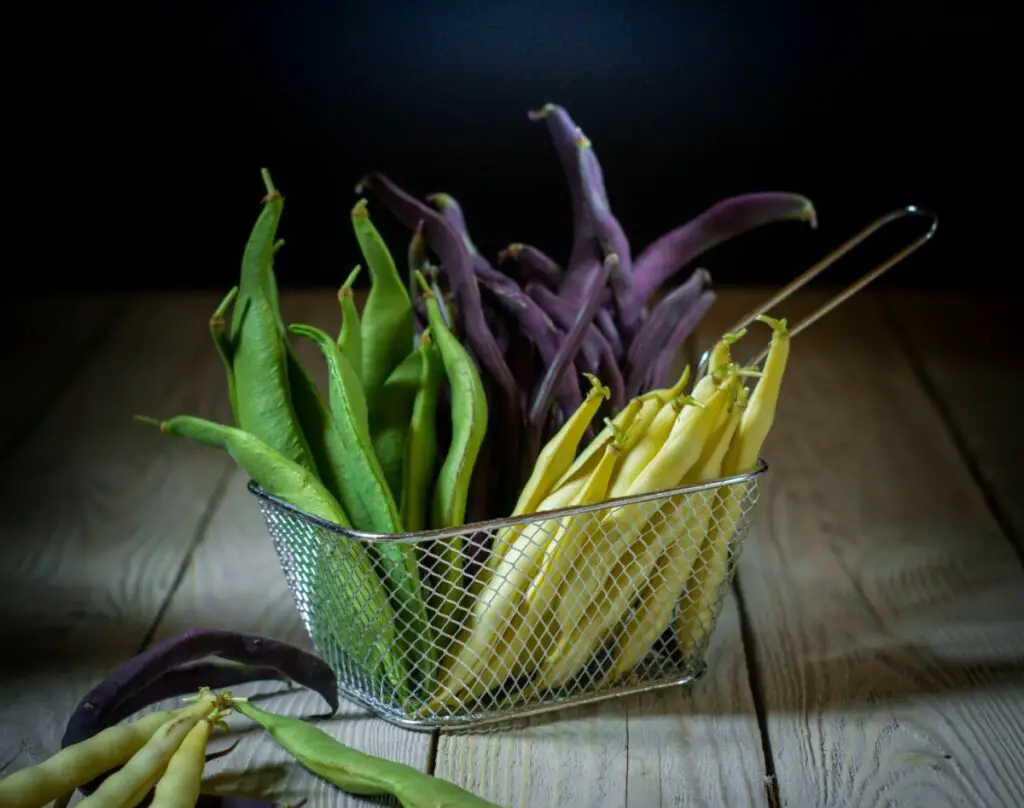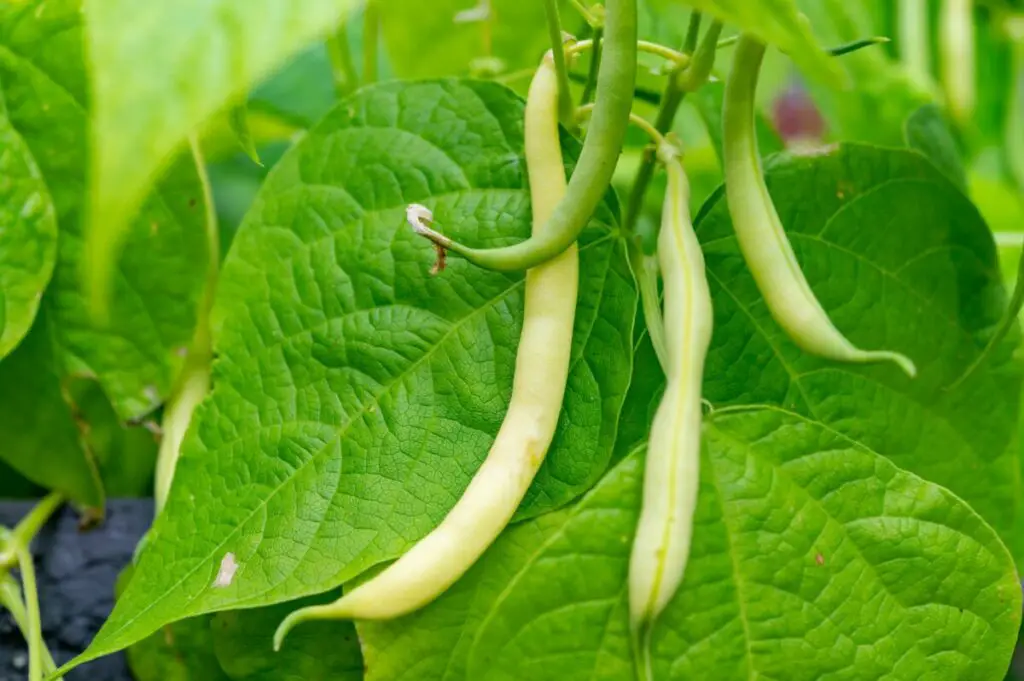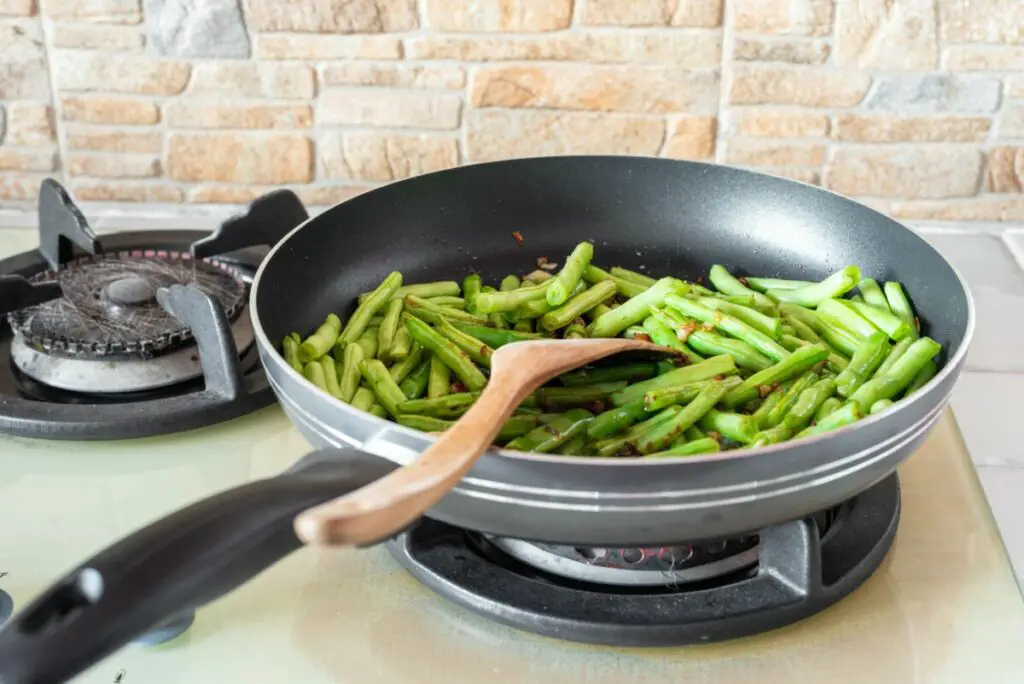
Understanding the conversion between bushels and quarts is essential for gardeners, farmers, and home cooks who deal with large quantities of green beans. This article provides a detailed explanation of how many quarts are in a bushel of green beans, along with practical tips for measuring, purchasing, and storing them.
Conversion Explanation: A bushel is a unit of volume used in agriculture to measure dry goods. For green beans, one bushel is equivalent to approximately 32 quarts. This conversion is based on the standard weight and volume measurements used in the United States. To be more precise, a bushel of green beans typically weighs around 30 pounds, and since one quart of green beans weighs about 1 pound, this results in roughly 32 quarts per bushel.
Practical Tip: When measuring green beans, it’s helpful to use a kitchen scale to ensure accuracy. Weighing your green beans can give you a more precise conversion, especially if you’re dealing with varying sizes and densities of beans.
To learn more about this unit of measurement, as well as the purchasing, processing, storing, and canning of green beans, continue reading.
Number of Quarts in a Bushel of Green Beans

Farmers often use the term “bushel,” as a unit of measuring an amount of fruit or vegetables, but what does this mean? How much exactly is a bushel?
A bushel can be used as a term to understand the quantity of a large portion of fruit or vegetable in a container. They are generally measured by quarts, which is a unit of measurement for volume. One bushel is equal to 32 quarts, a general amount of fruits or vegetables that many farmer’s markets sell in bulk. In many markets that allow you to purchase a custom amount of green beans, you’ll want to ensure that it weighs the correct amount of pounds equal to 32 quarts.
Because measurement of volume can vary in weight, as different fruits and different vegetables are denser than others, and because some fruit and vegetables weigh more on their own than others, a bushel can weigh anywhere between 30 pounds and 60 pounds. Generally, however, a bushel weighs 60 pounds, including a bushel of green beans.
Cost of Buying a Bushel of Green Beans
Depending on factors like the type of green bean you choose to purchase, where you live, and whether or not green beans are in season, the cost of purchasing a whole bushel of green beans can cost somewhere between $15 and $25. A pound of green beans costs an average of $3.15, although they can cost as little as $1 per pound during the harvesting season.
You’ll find that fresh green beans are at their cheapest when you purchase them just after the prime harvesting months of their season (November and December), in a state where green beans are harvested, and in what processing form you buy them in.
Generally, pre-canned green beans are going to cost less than fresh green beans, especially if you live outside of a state that harvests them. The states that often grow and harvest green beans include Wisconsin, Florida, New York, Michigan, Oregon, Georgia, Pennsylvania, California, Illinois, and North Carolina. If you live in or near one of these states, it’s also going to be much cheaper to purchase fresh green beans from your local farmer’s market than your grocery store.
When to Purchase a Bushel of Green Beans

Green beans, especially fresh green beans, are going to be more available while they’re in season between May and October. They will generally cost less during this time of year too, and in November and December, they will be at their freshest, as this is generally when green beans are processed and then shipped off to marketplaces to be sold. They won’t be quite as fresh during other times of the year.
If you just need a small portion of green beans for dinner, you won’t need a full bushel of green beans. Instead, you’ll want to buy a peck of green beans. If you have a large family or host large gatherings often and cook with green beans frequently, purchasing a bushel is a great idea. Generally, purchasing green beans in bulk means you are also buying them fresh, so you will need to store them properly to make them last for a long time.
This includes proper processing, canning, and storing of the beans. But, if you plan to use the whole portion of green beans quickly, you won’t have to worry about storing or canning them.
How Many Quarts are in a Peck of Green Beans?
A peck is a smaller unit of measurement for produce than a bushel. A bushel is equal to four pecks, so a peck is about one-fourth of a bushel. One peck is equal to 8 quarts, which is equal to about 2 gallons. Because weight density varies by the type of product you are measuring, a peck can weigh anywhere between 12 and 14 pounds, but you can assume that a peck of green beans is going to weigh about 14 pounds.
A peck is great for smaller families or smaller meal gatherings, but a peck is still a good amount of green beans. It won’t take you quite as long to can this amount of green beans, but it will still take a good amount of your day. A peck of green beans will also cost less than a full bushel, so to save money, consider whether a peck of green beans will fit your needs.
Processing, Canning, and Storing Green Beans

Proper storage is crucial to maintain the freshness and quality of green beans. Here are some tips:
- Refrigeration: Store fresh green beans in the refrigerator in a perforated plastic bag. They can last up to a week.
- Freezing: Blanch green beans in boiling water for 2-3 minutes, then transfer them to an ice bath. Once cooled, drain and pack them into freezer-safe bags or containers. Frozen green beans can last up to 12 months.
- Canning: Green beans can be pressure canned for long-term storage. Follow safe canning practices to prevent spoilage and ensure food safety.
Practical Tip: Label your storage containers with the date to keep track of freshness and use older beans first.
If you purchase a bushel (or a peck) of fresh green beans, you’ll likely want to process and can them for storage if you aren’t planning to use all of them in the next few days. Fresh green beans generally last for about 7 days in a plastic bag or Tupperware container in the refrigerator, but it’s likely that you won’t use up a full bushel in one week.
To make your green beans last longer than a week, store them by canning them in mason jars. You’ll start by cutting them up into bite-sized pieces, dividing them into mason jars, then pouring boiling water into the jars and adding salt, closing the lid tightly, and then using a pressure canner to pressure them for 25 minutes at a 10-pound pressure.
Whether you can the green beans yourself or purchase them pre-canned, they will last somewhere between 2 to 5 years, with their taste changing over an extended period of time. If you can them yourself, make sure you mark the date that you canned them by writing it on the top lid or on a sticker label. Pay attention to this date or the expiration date of pre-canned green beans before cooking to ensure that they will taste good when you start eating them.
Nutritional Benefits
Green beans are a nutritious addition to any diet. They are low in calories and high in essential vitamins and minerals, including:
- Vitamin C: Supports immune function and skin health.
- Vitamin K: Important for blood clotting and bone health.
- Fiber: Aids in digestion and helps maintain a healthy weight.
- Folate: Essential for cell growth and metabolism. Including green beans in your meals can contribute to overall health and well-being.
Practical Tip: To retain the maximum nutritional value, avoid overcooking green beans. Light steaming or sautéing can help preserve their vitamins and minerals.
Additional Tip: Experiment with different recipes to enjoy green beans in various ways. From classic steamed green beans to creative dishes like green bean casseroles or stir-fries, there are countless ways to incorporate this nutritious vegetable into your diet.
Knowing how many quarts are in a bushel of green beans is useful for anyone dealing with large quantities, whether you’re harvesting from your garden or buying in bulk. By understanding the conversion, proper storage methods, and nutritional benefits, you can make the most of your green bean harvest. Whether you’re preserving them for later use or incorporating them into your meals, green beans are a versatile and healthy choice.

